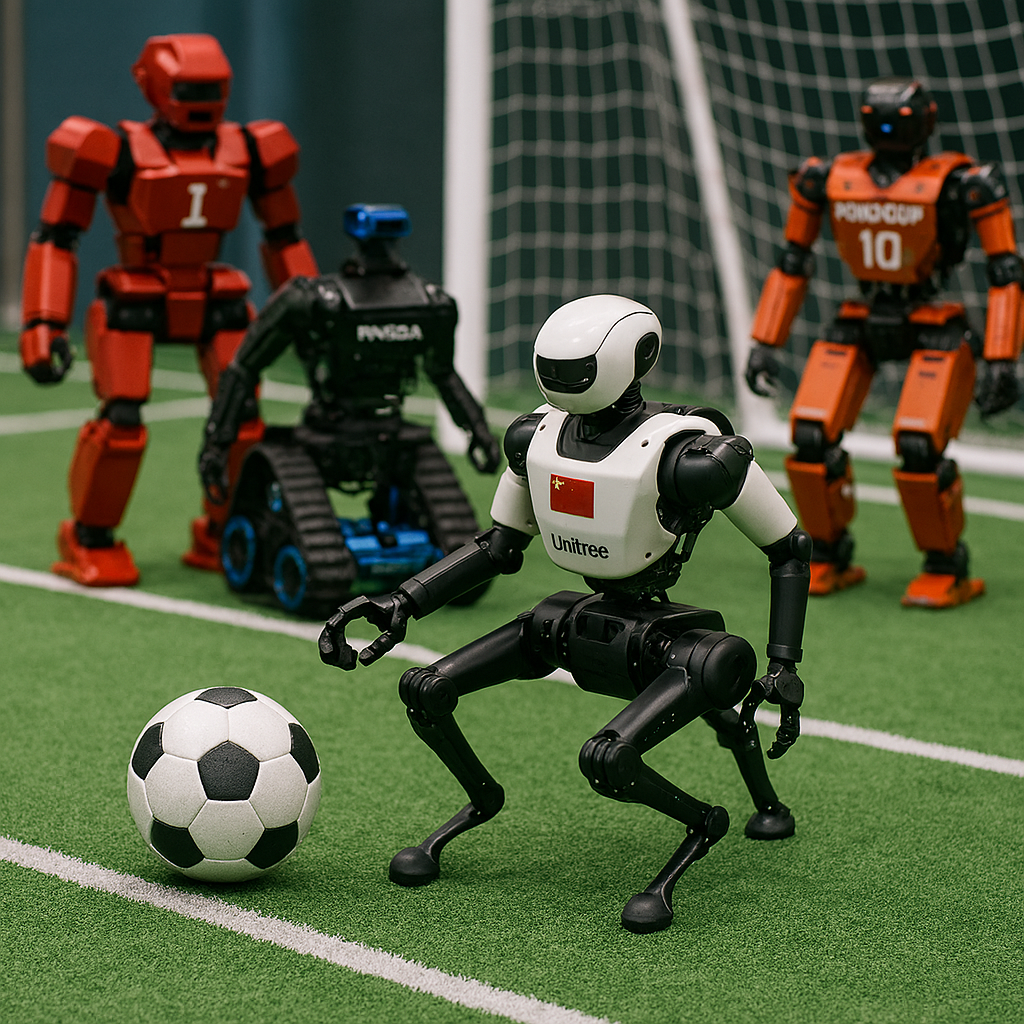
In a parallel world, the roar of the crowd isn’t the sound of cheering human athletes; it’s the whirring of servos and the clang of metal on metal. A new era of sport has dawned, one dominated not by flesh and blood, but by gleaming, meticulously engineered robots. From the meticulously choreographed movements of robotic dancers to the lightning-fast jabs of boxing bots, the world is captivated by the burgeoning field of robotic sports.
Initially focusing on sports requiring precise movements and predictable physical interactions – soccer, boxing, track and field, and dance – robotic athletes are rapidly pushing the boundaries of what’s possible. The recent RoboCup World Championship in Tokyo saw record attendance, with spectators flocking from across the globe to witness the latest advancements in artificial intelligence and robotics. The matches showcased not only impressive athleticism, but also the sophisticated programming and engineering behind these extraordinary machines.
“It’s incredible,” commented Maria Sanchez, a tourist from Spain. “The robots are so much faster and more precise than humans in some aspects. It’s like watching the future unfold before our eyes.”
While soccer remains a popular spectator draw, showcasing impressive teamwork and strategic play amongst the autonomous machines, the boxing matches are generating a particular buzz. The power and precision of robotic punches, coupled with the intricate defensive maneuvers, are proving incredibly compelling. Similarly, robotic track and field events demonstrate astounding speed and efficiency, shattering previous records with each competition.
The success of these early robotic sports is prompting speculation about the future. Experts predict that as robotic technology advances, more complex and nuanced sports will be incorporated into the competition. Imagine robotic gymnastics, synchronized swimming, or even a fully autonomous game of chess played by robotic arms.
“The possibilities are limitless,” says Dr. Shio Matsumoto, a leading robotics engineer. “We’re only scratching the surface. As AI develops and materials science improves, we’ll see robots competing in almost any sport imaginable. This is just the beginning of a thrilling new chapter in the history of sports.”
The financial implications are also significant. Sponsorship deals are already pouring in, and the global broadcasting rights for robotic sporting events are generating massive revenue. The emergence of robotic sports isn’t just a technological marvel; it’s a rapidly expanding global industry.
However, the ethical implications are not ignored. Discussions are emerging regarding the potential displacement of human athletes and the long-term societal impact of such a heavily technology-driven sporting landscape. Nonetheless, for now, the focus remains on the electrifying spectacle unfolding before a captivated global audience: the rise of the robotic athlete.